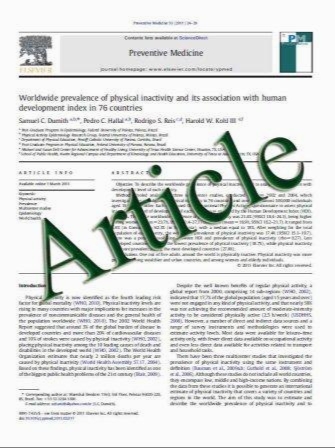The combination of radiostereometric analysis and the telos stress device results in poor precision for knee laxity measurements after anterior cruciate ligament reconstruction
- نوع فایل : کتاب
- زبان : انگلیسی
- مؤلف : O. G. Sørensen • K. Larsen • B. W. Jakobsen • S. Kold • T. B. Hansen • M. Lind • K. Søballe
- چاپ و سال / کشور: 2011
Description
Purpose Several devices for measuring knee laxity following anterior cruciate ligament ACL reconstruction exist, but the precision of the methods has never been optimal. Therefore, a new standardized protocol (NSP) was made, aiming at ensuring a reliable positioning of the Telos Stress Device (TSD) which theoretically could result in precise knee laxity measurements when using radiostereometric analysis (RSA) in combination with TSD. Method The TSD was applied to the knee of 30 healthy persons, using both the NSP and the official company instructions. The position of the stress arms of the TSD was marked following each measurement. The reliability of each protocol was calculated as the difference in length between the first and second markings. The NSP for the TSD was then used in a clinical study. Thirty-five patients underwent ACL reconstruction. Double measurements of knee laxity by RSA were performed at a 3-month follow-up. Results Using the NSP for TSD positioning, the prediction interval at the marking sites ranged from ±0.4 to ±1.1 mm. Following the company instructions, the prediction interval ranged from ±0.8 to ±3.9 mm depending on marking site. Thus, the precision of positioning the stress arms of the TSD was improved at all marking sites using the NSP compared with the original company protocol. The double measurements of the knee laxity in the clinical study resulted in a mean difference of 0.0 mm and a prediction interval of ±5.2 mm. Conclusion Even though the NSP improved the positioning of the TSD on patients’ extremities, the combination of NSP-TSD and RSA was not able to provide acceptable knee laxity measurements in a clinical setting compared with published precision data for other devices on the market. Therefore, the Telos Stress Device is not recommendable for use in knee laxity measurements following ACL reconstruction.
Knee Surg Sports Traumatol Arthrosc (2011) 19:355–362 DOI 10.1007/s00167-010-1205-2 Received: 2 March 2010 / Accepted: 14 June 2010 / Published online: 3 August 2010


